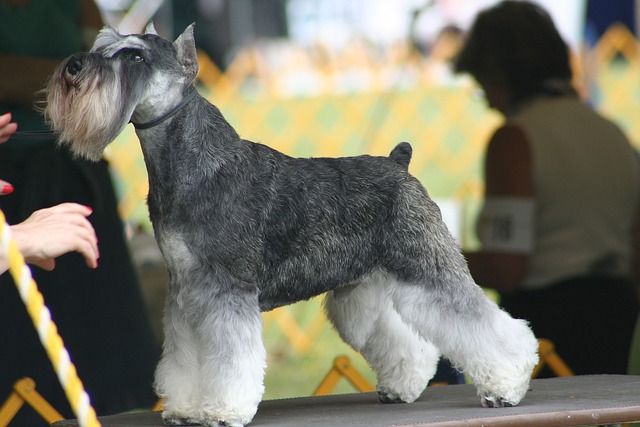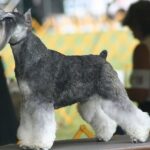
Born from the wide range of German dog breeds, the Schnauzer is a charismatic, courageous, and intelligent breed that has captured the hearts of many dog lovers worldwide. Known for their distinctive whiskered snouts and lively spirit, Schnauzers come in three size variations – Miniature, Standard, and Giant. This article will delve into the fascinating world of the Schnauzer breed, from their historical origins and temperament to care and health considerations.
Historical Origins
The Schnauzer is steeped in history dating back to the Middle Ages, originating in Germany around the 15th century. The term “Schnauzer” is derived from the German word “Schnauze,” which translates to “snout” or “muzzle,” describing the breed’s distinctive bearded face.
Initially, Schnauzers were bred as farm dogs for a variety of tasks. They served as herders, guard dogs, rat catchers, and even transporters of goods. Schnauzers have been depicted in several paintings from the 15th and 16th centuries, signifying their presence and importance during that era.
Schnauzers arrived in America in the early 20th century and quickly became popular, with the first Schnauzer registered with the American Kennel Club in 1904.
Physical Appearance and Size Variations
Schnauzers are renowned for their spirited eyebrows, whiskered muzzles, and robust build. They have dense, wiry coats that come in shades of black, salt and pepper, black and silver, and occasionally pure white.
Schnauzers come in three different sizes: the Miniature, Standard, and Giant Schnauzer. The Miniature Schnauzer stands 12 to 14 inches tall and weighs 11 to 20 pounds. The Standard Schnauzer, often considered the original size, stands 17.5 to 19.5 inches and weighs 30 to 50 pounds. The Giant Schnauzer is the largest of the three, standing 23.5 to 27.5 inches and weighing between 55 to 85 pounds.
Temperament
Schnauzers, regardless of size, are known for their energetic, intelligent, and friendly nature. They are highly trainable and are often known for their spirited, playful nature. With their roots as farm dogs, Schnauzers have an inherent protective instinct and are excellent watchdogs.
While they are generally friendly towards humans, their background as rat-catchers means they might not always get along with other small pets unless they are socialized from an early age. Schnauzers are known to be vocal and are not shy about alerting their families to strangers or perceived threats.
Health and Care
Schnauzers are generally healthy breeds, with a life expectancy of 12 to 15 years for Miniature and Standard Schnauzers and 10 to 12 years for Giant Schnauzers. Regular vet check-ups, a balanced diet, and plenty of exercises can help ensure a long, healthy life.
Common health issues in the breed include hip and elbow dysplasia, eye disorders, and, in the case of the Miniature Schnauzer, bladder stones. Schnauzers are also prone to skin conditions, so they require regular grooming to keep their distinctive coats in good condition. Regular brushing will help to prevent matting, and professional grooming every few months is recommended to maintain their wiry coat’s texture.
In terms of exercise, Schnauzers are active and energetic dogs that need daily physical and mental stimulation. They excel at various dog sports such as obedience, agility, and herding events.
From the smallest Miniature to the imposing Giant, the Schnauzer is a breed filled with character and vitality. They are versatile, adaptable, and have a rich history that adds to their charm. Whether as a family companion, a protector, or a show dog, the Schnauzer is a dog breed that certainly stands out in the crowd. This German canine stalwart is a testament to the diversity and strength of breeds that have hailed from this region. With their distinctive looks and engaging personality, it’s no wonder that the Schnauzer continues to be a popular choice for dog lovers around the world.

